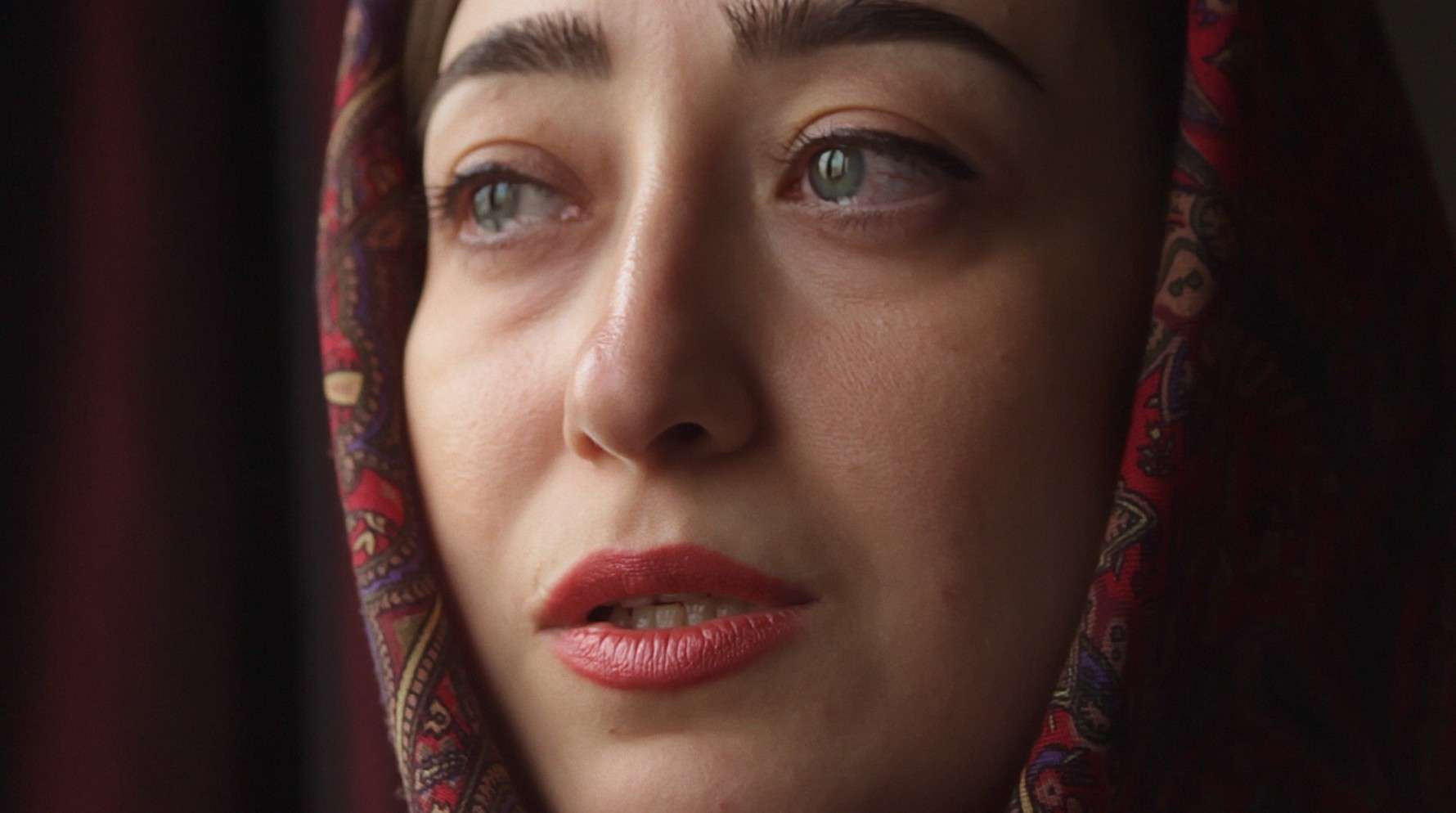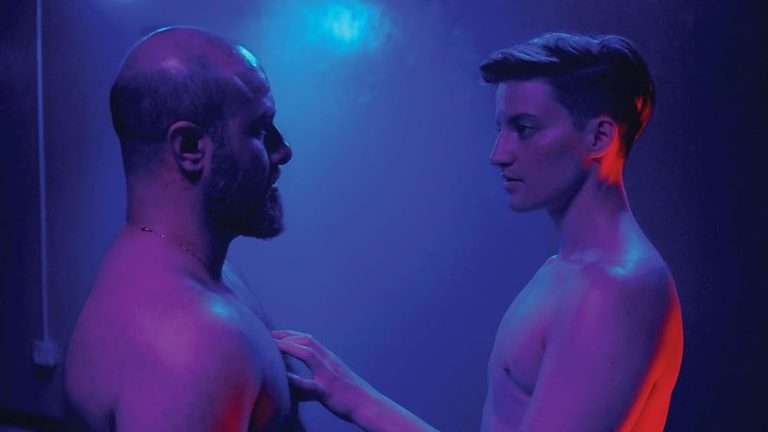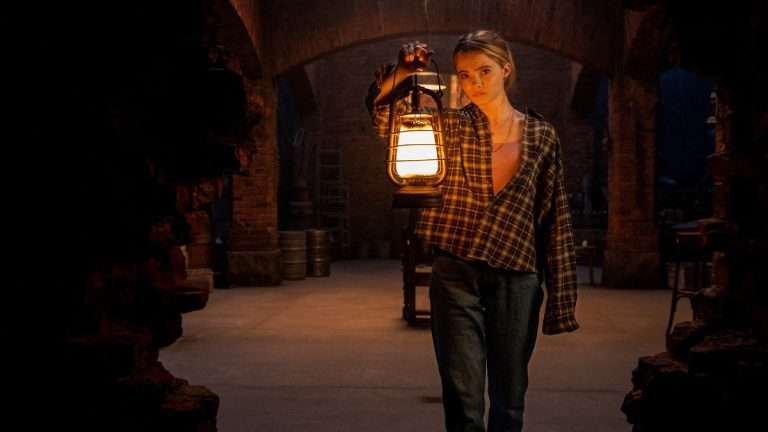And, Towards Happy Alleys (2023) ‘Sheffield DocFest’ Review: Early on in “And, Towards Happy Alleys, director Sreemoyee Singh remarks how she experienced a “strange deja-vu ” when she first came to Iran. She felt like a “spectator marveling at the film unfolding before her”. Understanding this spectatorial engagement as the framing device is critical to unlocking the specifics of the complex grounds that Singh covers in her film. This sense of an old familiarity that Singh perceives on arriving in Iran for her Ph.D. research work informs the textures of this film, designed ostensibly as a tribute to her love for Iranian cinema and poetry. Forugh Farrokhzad’s lines impart the film its title. By happenstance, Singh also finds herself in the house Farrokhzad had lived in for a while.
Filmed over four years between 2015 and 2019, the film is a direct encounter with all that have fuelled her interests since she was introduced to Iranian cinema in her film studies classes at twenty-one. Abbas Kiarostami, Mohsen Makhmalbaf, and Jafar Panahi were the first few figures she came across in these classes that even found the place as brief and tad lazily imagined vignettes in the film. Their select films faithfully punctuate this film. Key moments from them are interposed in the every day on her travels, a playful, winking acknowledgment shared between a director and subjects, the line between the real and the imposed, re-prompted fictive blurring. Singh’s peculiar familiarity is aided by music, her singing enabling her access to spaces that would have otherwise turned her away.
But as she explains, her singing publicly is mired in complex functions, which draw upon the privilege of her outsider status. That women have been prohibited from publicly singing in Iran since the Revolution inscribes Singh’s voice with a unique register of inherent defiance, which is deeply alive to kindred feminine voices that have been silenced. The film’s most winsome and charming moment arises when Singh sings Soltane Ghalba at a shop on Panahi’s request as he tries on new glasses. The song also hauntingly bookends the film, as a group of young girls joins in the chorus with her.
Panahi drives Singh around with him, cheekily spelling out the portion’s structural nod to his 2015 film, Taxi. He jokingly calls out to two older women who pass by, gesturing to the fluid, meta-like touches his work teems with, which Singh seeks to evoke. To a certain degree, despite the grim subject points Singh traverses, there is a lightness of touch, a beautiful liveliness grounding the film.
Singh’s voiceover underlines each dimension she has built into the film and lends them a contextual heft, guiding us by the hand, unraveling the weight and implications of her particular positioning vis-a-vis the society and whose women she is depicting. In many ways, the film has the spirit of a primer text, which seeks to initiate and orient. Working knowledge of the filmmakers to who she alludes may be helpful, but the film establishes its linkages to its roots in manners barely concealed.
This creative decision does yield its riches, especially in a disarming scene where Singh meets the child actors of Panahi’s The White Balloon and The Mirror, who are now in their thirties. An actor hews and transfers a moment from her film onto the real-life rendezvous, making for a delightful moment. This encounter exudes the warmth and charm of the familiarity Singh mentioned at the outset. On Panahi’s cue, Aida is instantly able to tap a deep emotional reserve. This is among the most humbling, profoundly stirring moments the viewer experiences.

When Mina Mohammad talks of how she and other women steered a protest that compelled authorities to repeal the strict uniform tradition at work (none so obviously existing for men), there is such a joyous pride in her voice that it had my eyes quickly welling up. However, some sections are self-proclaimed throwbacks that do not leave as much of an impression as the one that glues Panahi’s Offside and Singh’s experience of Tehran’s euphoria during the 2018 World Cup match between Iran and Spain.
Although the film’s time frame prevents it from engaging with the Mahsa Amini protests that rocked Iran in 2022, Singh peppers her film with abundant markers of how the modesty diktats are steeped in the country’s atmosphere. The hijab emphasizes an abiding, looming presence on vast billboards above the roads. A kid cycles past Singh and calls her out for not wearing one.
The film wilfully alternates between the casually astute and ploddingly prosaic, the latter threatening the film most prominently when characters or Singh herself seem to trade in clichés while talking about the allegorical significance of a film like The House is Black or contending with notions of “hijab within yourself.” Singh’s voiceover also frequently lapses into the over-explicatory whenever she attempts to distill and neatly cohere whatever she feels as she negotiates milieus or parses the social demands women are bulldozed by, such as Iran’s infamous affinity for nose-jobs.
The narratorial mapping of this affinity within the larger framework of women’s experiences immediately reduces the section to a banal filler. Only when Singh lets her subjects speak without subsequently splicing in her two-bit estimations does the film soar with grace and tenderness. It shows flashes of depth stemming from intuitive wisdom, shared in wry amusement, in several scenes, like when Mohammad Shirvani starts talking of the eroticizing of the hijab/chador and drilling noise from the neighbors drowns him out. The noise fades when he swerves to religion. These ‘accidental censors’ pervading daily life are among the film’s more memorable offerings, where Singh achieves a seamless, skillful fusing of contextual undercurrents and her own personal quest.
In a telling scene, Panahi talks of how he would ideally like to be regarded as an artist, but the environment within which he works compels him to be political. His context stains any such innocence or purity of artistry that can operate in silo-like isolation. The film skirts the resistance cursorily and traces Farrokhzad’s poetic impulse for a liberatory expression of desire in a manner that comes off as stubbornly rehearsed, vague, and routine-like in articulation at the same time. Singh’s shifts in framing among her subjects are also obtrusively questionable. While being immensely moving and gentle in its tenor, Singh’s film only manages to touch the tip of the iceberg.





![Brazen [2022] Netflix Review: A Disaster Fest that Never Amounts to Anything](https://79468c92.delivery.rocketcdn.me/wp-content/uploads/2022/01/Brazen_Unit_04905_R-768x511.jpg)


![Kaali Khuhi [2020] Netflix Review- A Sober Exercise in Silliness](https://79468c92.delivery.rocketcdn.me/wp-content/uploads/2020/11/Kaali-Kuhi-3-highonfilms-768x403.jpg)